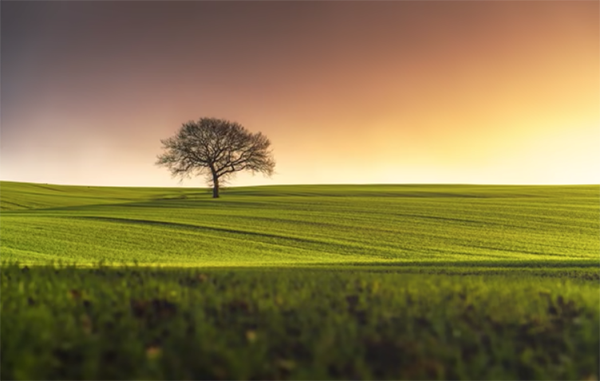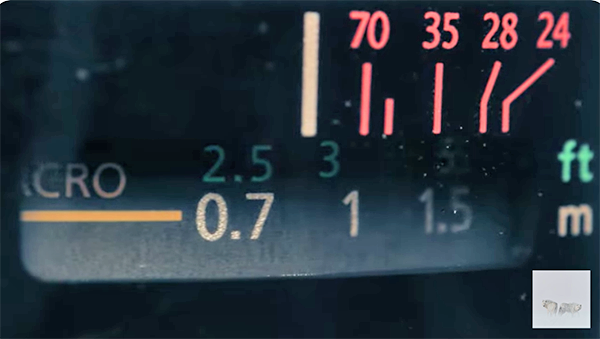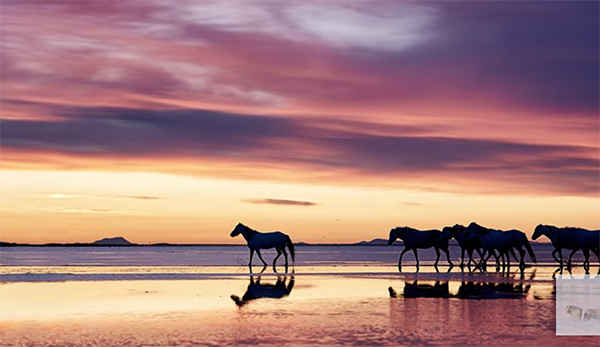Shoot & Edit Epic Golden Hour Photos with These Pro Techniques (VIDEO)
Sunrise and sunsets have held immense significance across all cultures since the dawn of time, so it’s not surprising that we as photographers are drawn to the symbolism of these beginnings and endings. There are several challenges to overcome to faithfully capture Golden Hour in the camera, and you’ll learn how to solve them in the 12-minute video below from one of our favorite instructors.
Mads Peter Iversen is a renowned Danish landscape photographer whose YouTube channel concentrates on timeless in-camera techniques, post-processing tips, and artistic considerations for shooting in the field. He explains the appeal of Golden Hour like this: “Nature provides beautiful soft light than can deliver some dramatic skies that add life, color, and impact to our images.”
Timing is critically important and Iversen recommends arriving early before the sun peaks above the horizon in the morning or drops out of sight at days end. One reason is to give yourself time to explore the scene and set up your gear before the magical moments occur. Another is the fact that the beautiful golden light “can bounce off the clouds”—coloring them in deep red tones before the sun actually rises or sets.

With the forgoing as a prelude Iversen turns his attention to the important matter of composition, and he provides several examples of why framing techniques can be different for this unique subset of landscape photography. The first thing you’ll want to establish is your focal point relative to the sun.
Once you do that composition tends to fall into place as you explore different vantage points and experiment with unique camera angles. Iversen’s point is simple: beginners tend to soley focus on the rising or setting sun, but it’s important to concentrate on how these elements affect the overall scene. He illustrates how to incorporate other elements that can effectively balance out a shot.
Next on the list is a detailed discussion of the best way to configure the camera with special settings that you may not use at other times during the day. Here you’ll learn the specific settings Iversen recommends, as well as important exposure and focusing techniques. Exposure bracketing can be a big help too, and Iversen illustrates the simple process.

Once you capture a Golden Hour image to the best of your ability, it’s time to consider a few post-processing techniques for boosting the result further. Hence, Iversen concludes the video with a straightforward image-editing technique that’s appropriate for Photoshop users of all skill levels.
Don’t forget to visit Iversen’s instructional YouTube channel, especially if landscape photography is your thing, because there are many more how-to lessons available.
And on a related note, we encourage you to watch a tutorial we featured with another post-processing expert who demonstrates a straightfoward technique for refining midtone contrast to transform unimpressive photographs into attention-grabbing money shots.







